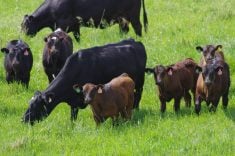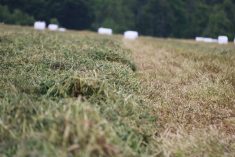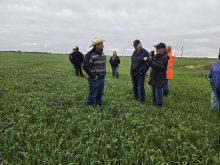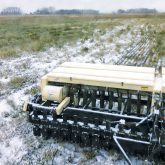James Frey of the Parkland Crop Diversity Foundation stands in a plot of teff grass, an African annual that’s new to the province and to the Parklands. In a small plot trial, it shows promise as a warm-season forage.
“It originally comes from northeastern Africa, sort of in the Ethiopian area, where it is grown for a grain as well as for the straw that it provides after the harvest,” he said. “But in our setting, what we’re looking at is purely as a forage but not for a grain.”
Although it’s new to this part of the plains, teff has been grown widely in other parts of North America. It likes areas that are a little warmer than Manitoba.
Read Also
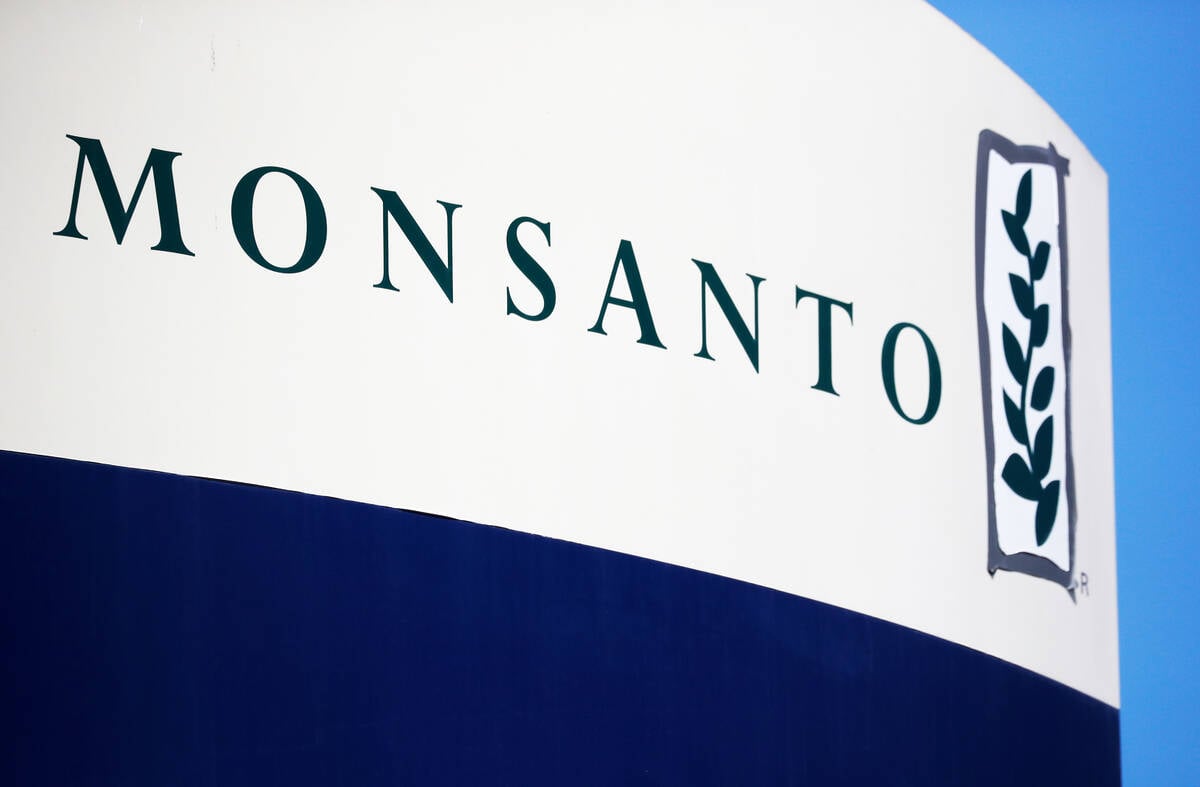
Journal pulls long-cited glyphosate study for ethics violations
The journal Regulatory Toxicology and Pharmacology has retracted a 2000 Monsanto-linked glyphosate review, drawing new scrutiny as Bayer faces mounting legal pressure.
“This was seeded in the last week of May and the growth is not enormous,” he said. “This year is cooler and since it’s more of a warm-season grass, the growth is not phenomenal.”
This is the second year for teff in a test plot and it grew well in last year’s heat wave. Frey cut it at the start of August last year and by September he said it was just below his knees.
“What we got from the first cut was somewhere in the neighbourhood of 2,000 pounds of material, something like a bale and a half per acre.” he said. “But that second cut provided another 7,500 pounds so that, when all was said and done, that was like six bales per acre off of a field for these two.”
For comparison, he said that was about the same as 6,000 pounds or four bales of barley green feed. The yield was good and Frey said feed values for the different comparisons were striking.
“That first cut, which would be right around now again, was just under 21 per cent protein and about a 70 per cent TDN and then that second cut was lower, but it was about 11.4 per cent protein and 60 per cent digestibility.” he said.
“So, we had a very high feed value and actually, given the dry year that we had last year, we saw that dollar-for-dollar, acre-for-acre, the teff outperformed the barley green feed.”
Having said that, Frey cautioned that this is a short trial on a small plot.
“Of course, I am contractually obligated to say don’t go to the bank with that information because that was one year on a small plot basis and this year it’s good to see the barley is actually doing quite well.”


